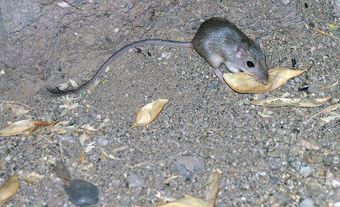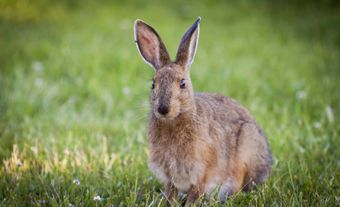
Lemming, stocky northern rodent related to voles. About 16 species occur worldwide; best known of the 7 Canadian species are brown and collared lemmings (Lemmus sibiricus and the Dicrostonyx groenlandicus complex, respectively) from the Arctic Archipelago and mainland tundra of Hudson Bay, and Labrador collared lemmings (D. hudsonius) from the Ungava Peninsula and Labrador. The northern and southern bog lemmings (Synaptomys borealis and S. cooperi) are uncommon.
Description
Lemmings rarely exceed 90 g and 15 cm in length. Their extremities are hidden by, or barely extend beyond, their long brown or grey fur. Collared lemmings are the only rodents that molt to a camouflaging white for winter.
Diet
Lemmings eat willows and herbaceous plants. They are intermittently active day and night, and during winter forage beneath insulating snow.
Reproduction and Development
Lemmings breed rapidly and every 3-5 years reach peak densities of 60-125 per hectare. Subsequent population declines involve cessation of breeding and massive die-offs, but are not caused by predators, disease, starvation or stress from overcrowding.
Lemming populations are self-regulating: genetically determined behaviours (aggressiveness and tendency to disperse) change with population density and influence the cycle. Although some Canadian lemmings emigrate from crowded areas and some accidentally drown, they do not make spectacular suicide marches to the sea, as related in folklore.
Biological Importance
Lemmings are the main food for arctic carnivores, including valuable fur-bearing arctic foxes and weasels.

 Share on Facebook
Share on Facebook Share on X
Share on X Share by Email
Share by Email Share on Google Classroom
Share on Google Classroom



